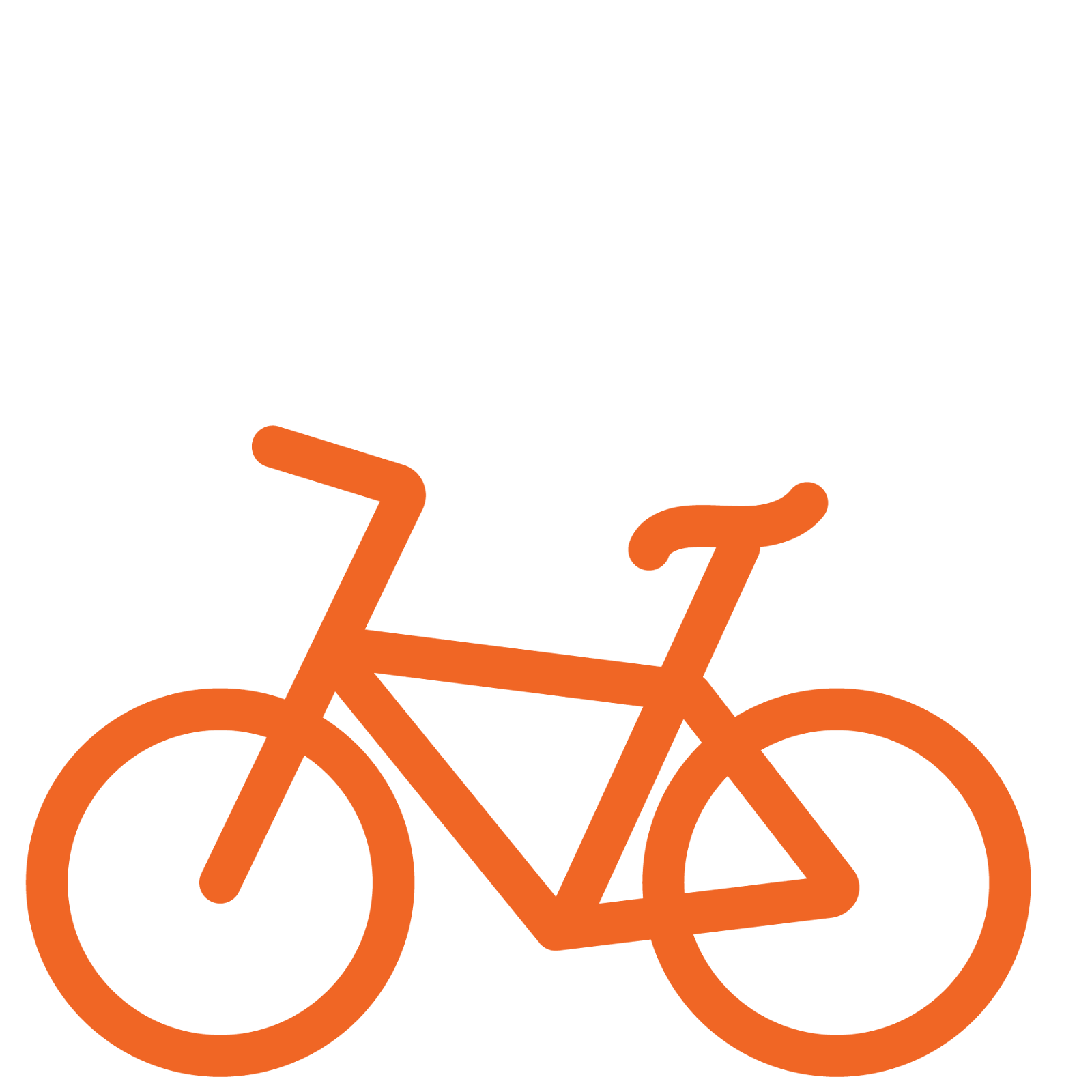How the Oldest Athletes are Still Playing: Biohacking Tips for Recovery & Aging
An up-close look at how professional athletes continue to train, recover, & compete in their 30s, 40s, & beyond
These days, it’s not uncommon for athletes to compete at the highest level well into their 30s and 40s, even in high-impact sports like football and basketball.
According to Sports Illustrated, the NBA had just one player aged 35 or older in 1982. By 2020, there were sixteen — a trend that’s consistent across most sports.
Among the ranks of these older players are often the biggest names in sports, such as LeBron James, Tom Brady, Tiger Woods, Roger Federer, and others.
LeBron James, one of the greatest basketball players of all time, is still leading the league at the age of 37. After canceling his retirement earlier this year, Tom Brady retook his title as the oldest active NFL player at 45 years old. Woods returned in 2018 and secured his 80th PGA Tour victory at 42. You get the picture.
How these legendary athletes stay at or near the top — seemingly defying age-related declines in muscle strength, increased injury risk, and wear and tear from decades of competition — isn’t exactly a mystery.
They have access to the most advanced (and expensive) recovery tools and technology on the planet…
And while those resources aren’t available to most of us, that doesn’t mean we can’t learn a thing or two from them and apply it to our lifestyles.
HOW THE BEST OF THE BEST RECOVER
To get an idea of how these older athletes stay in the game, we’re going to highlight a select few and look at how they recover from training and competition.
Let’s start with none other than the King, LeBron James.
 LEBRON JAMES
LEBRON JAMES
In a 2019 interview with GQ, LeBron’s trainer, Mike Mancias, shared some details about his recovery routine.
Stretching and flexibility training — including some yoga-style movements — are staples in his rehab program, as well as daily meditation to “[review] the day and prepare for the next one.”
He also recovers using a hyperbaric chamber, which is an enclosed space where the internal air pressure is increased. During a session (about an hour and a half long), the higher air pressure allows the lungs to take in more oxygen, which helps the body remove waste, improves mental capacity, and more.
Additionally, Sports Illustrated reports that he regularly spends time in the hot and cold tubs he has at home.
 TOM BRADY
TOM BRADY
To keep his performance high and injury risk low in his mid-forties, Tom Brady implements something called “pliability” before and after every training session.
According to the legend himself, pliability work is all about keeping the muscles loose and flexible rather than dense and hard, which is crucial to his athletic longevity.
Regular transcendental meditation helps improve his mental game, and a select few brain training apps help keep his mind sharp.
When it comes to his sleep, Brady doesn’t mess around. Bedtime is 8:30 every night, and he makes sure to turn off all electronics a minimum of thirty minutes beforehand. The thermostat is fixed between 60 and 65 degrees all night long, and the bed is topped with high-quality memory foam for maximum comfort.
By 5:30am, he’s up and ready to go.
 ROGER FEDERER
ROGER FEDERER
Like LeBron, Federer is also a fan of the hyperbaric chamber, so much so that he bought one of his own, no doubt using it religiously.
At night, he gets anywhere from ten to twelve hours of sleep, making sure his room is pitch black to get the most out of every second.
Now 41 years old, Federer is currently on the path to recovery from minor knee surgery, and is looking to return to competition as soon as possible.
 *LESLEY PATERSON**
*LESLEY PATERSON**
Lesley Paterson (41) has been at the forefront of the extreme endurance world for over a decade. With five world championships under her belt, she’s no stranger to the physical and mental demands of elite competition.
As an endurance athlete, Paterson typically performs six to seven hours of physical training almost every day — a program requiring an extremely well-balanced recovery routine.
Every morning, she starts her day with a stretching session that doubles as a mindfulness activity. After training, she makes sure to stretch again and foam roll before moving on to other things.
But while she enjoys the benefits of foam rolling, her recovery tool of choice is BEMER therapy. BEMER uses a pulsed electromagnetic field (PEMF) signal to safely stimulate healthy muscles, enhancing local blood flow, oxygen delivery, and carbon dioxide removal.
Daily BEMER sessions (just eight minutes, twice a day) help Paterson maintain her extreme training load, keep her muscles loose, and give her a much-needed boost in energy. This improved health, performance, and recovery allows her to stay at the top of her game at 41 years old.
The Takeaways
Although we may not have the genetic gifts and decades of high-performance training experience these top athletes do, we can still adapt our fitness and recovery routines to emulate theirs and find healthy habits that work for us.
TAKEAWAY #1
As we learned, nearly all the athletes we covered today do some type of daily mindfulness exercise.
Clearly, there’s something about meditation and mindfulness that improves mental health, cognition, and performance. And the best part?
It’s free to do!
TAKEAWAY #2
Flexibility training is essential for the aging athlete.
Like mindfulness activities, it’s also easy to implement into a daily routine, and the benefits extend far beyond sports performance.
TAKEAWAY #3
Sleep is king!
Every one of these high performers makes sure to get quality sleep every night — and plenty of it.
Shutting off electronics half an hour to an hour before bed can help relax the mind and ease the transition into sleep. Also, the darker your room, the better!
TAKEAWAY #4
Hyperbaric chambers aren’t exactly accessible to the everyday athlete, but there are other recovery tools we can use to improve our health and performance.
Methods like foam rolling, heat therapy (saunas, jacuzzis), and cold therapy (ice baths, cryotherapy) are all viable options.
Not to mention, Lesley Paterson’s favorite tool, BEMER therapy, makes state-of-the-art recovery and performance-boosting technology simple and easy to use for athletes of all ages, including those looking to extend their competitive careers as long as possible.
Above all, staying active as we age is about finding recovery strategies that work best for our bodies…
And the easier it is to stay consistent with them, the healthier we can be.
For more information about BEMER therapy and how it can help you keep playing and feeling your best, contact your local distributor today.
*BEMER does not provide any medical advice or services. This device is not intended to diagnose, treat, cure or prevent any disease. It should not be used for any purpose other than as described in the user manual. Please consult your own healthcare provider if you have any medical issues.
**This spokesperson may have been compensated for their testimony. Individual results may vary and you may not achieve the same results. This device is not intended to diagnose, treat, or prevent any disease and you should consult your own healthcare provider for any medical issues.




